Citation before or after dot information
Home » Trend » Citation before or after dot informationYour Citation before or after dot images are available. Citation before or after dot are a topic that is being searched for and liked by netizens today. You can Get the Citation before or after dot files here. Find and Download all free photos.
If you’re searching for citation before or after dot images information connected with to the citation before or after dot keyword, you have pay a visit to the ideal blog. Our site frequently provides you with hints for seeking the highest quality video and image content, please kindly search and find more enlightening video content and graphics that match your interests.
Citation Before Or After Dot. When a comma or period is needed after a quotation, publishers in the united states typically put the punctuation mark before the closing quotation mark. If the same reference is used multiple times in one document, use the same number to refer to it throughout the document. If the words that appear inside the parentheses are not a complete sentence, then place the terminal punctuation after the parentheses. Three for the ellipsis and one for the period (full stop).
 punctuation How to change a comma for a dot before From tex.stackexchange.com
punctuation How to change a comma for a dot before From tex.stackexchange.com
If quoting or citing a source which has been cited within another document, mention the original source together with the secondary reference details; 494) says about the matter: Only indent the first line of the quotation by a half inch if you are citing multiple paragraphs. The citation is part of the sentence and the punctuation will come after the citation. Page number is preceded by p. One example is the vancouver style.
Three dots indicate an omission within a quoterd sentence.
When quoting verse, maintain original line breaks. When i asked her what poem she intended to read, she said john milton�s fame is the spur. If an ellipsis is used to replace words that end a quoted sentence, then it is usual to use 4 dots: A recent poll suggests that eu membership “would be backed by 55 percent of danish voters” in a referendum (levring, 2018). Most journals have their own specifications for citations, but that one is very common. An exclamation point within the quotation is followed by quotation marks, then by a parenthetical citation.
 Source: tex.stackexchange.com
Source: tex.stackexchange.com
The first reference used in a written document is listed as 1 in the reference list, and a 1 is inserted into the document immediately next to the fact, concept, or quotation being cited. Choosing between them would be a matter of aesthetics. Seems to be pretty universally agreed. If they refer to the whole sentence, put them after the full stop. When four are used, the first dot is a true period—that is, there is no space between it and the preceding word.
 Source: tex.stackexchange.com
Source: tex.stackexchange.com
Seems to be pretty universally agreed. Three for the ellipsis and one for the period (full stop). Introduce the quote with a signal phrase that includes the author’s last name followed by the date of publication in parentheses and put the page number at the end of the quotation. Your parenthetical citation should come after the closing punctuation mark. Either (a) cite the source in parentheses after the quotation�s final punctuation or (b) cite the author and year in the narrative before the quotation and place only the page number in parentheses after the quotation�s final punctuation.
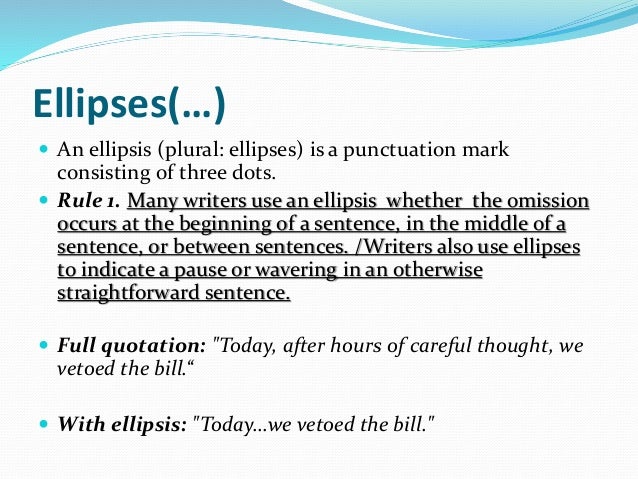 Source: slideshare.net
Source: slideshare.net
With a list of different words to cite, it is easier for the reader to follow which citation refers to which word. If your citation is at the end of a sentence, ensure the full stop is placed after the reference. When quoting verse, maintain original line breaks. Citing a person would look like options 6 and 7. With a list of different words to cite, it is easier for the reader to follow which citation refers to which word.
 Source: tex.stackexchange.com
Source: tex.stackexchange.com
The company invested over 40,000 hours in optimizing its algorithm (davis, 2011). The note reference characters go after the punctuation mark, like [a] and [b] above, unless it�s a spacing punctuation mark like a dash. (smith, 2008, as cited in jones, 2010). Your parenthetical citation should come after the closing punctuation mark. The convention goes back at least to the nineteenth century.
 Source: tex.stackexchange.com
Source: tex.stackexchange.com
Regina m schwartz, nationals and nationalism: 494) says about the matter: The citation is part of the sentence and the punctuation will come after the citation. Three dots indicate an omission within a quoterd sentence. The company invested over 40,000 hours in optimizing its algorithm (davis, 2011).
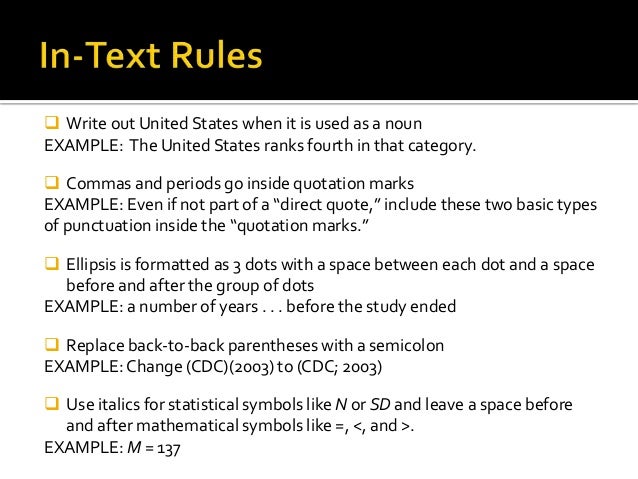 Source: slideshare.net
Source: slideshare.net
This rule applies regardless of whether the punctuation mark is a period, a question mark, or an exclamation point. When four are used, the first dot is a true period—that is, there is no space between it and the preceding word. One example is the vancouver style. Also note you don�t always have to place them at the end of a sentence. When citing/refering to a word or expression or person in a sentence, it makes sense to refer to it immediately after.
 Source: englishtutes.com
Source: englishtutes.com
The company invested over 40,000 hours in optimizing its algorithm (davis, 2011). Only indent the first line of the quotation by a half inch if you are citing multiple paragraphs. One example is the vancouver style. Most journals have their own specifications for citations, but that one is very common. Page number is preceded by p.
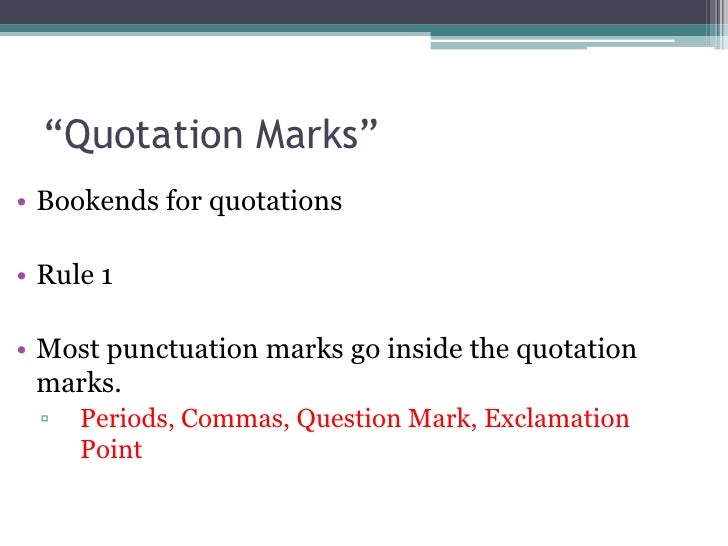 Source: slideshare.net
Source: slideshare.net
When citing/refering to a word or expression or person in a sentence, it makes sense to refer to it immediately after. Either (a) cite the source in parentheses after the quotation�s final punctuation or (b) cite the author and year in the narrative before the quotation and place only the page number in parentheses after the quotation�s final punctuation. If the words that appear inside the parentheses are not a complete sentence, then place the terminal punctuation after the parentheses. Often found within newspapers to save printing space, an ellipsis formally conveys how part of the sentence or quote is missing from the original statement. If your quote is forty words or more, set it off in a block text by beginning a new line, indenting one inch, and do not add quotation marks.
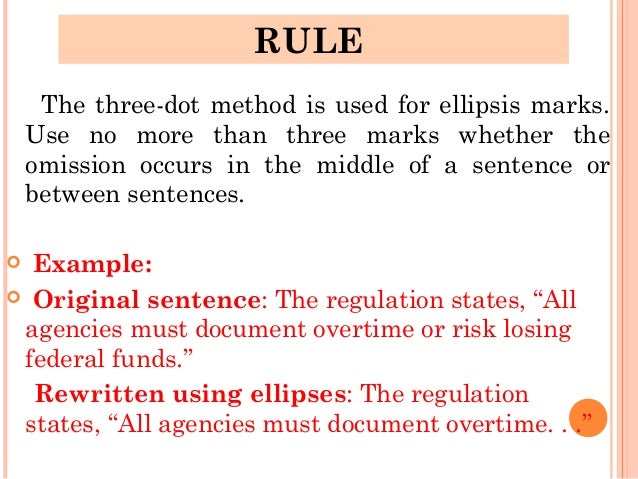 Source: slideshare.net
Source: slideshare.net
If an ellipsis occurs at the beginning of a quote, that means the whole sentence started before the quoted phrase began. When four are used, the first dot is a true period—that is, there is no space between it and the preceding word. Seems to be pretty universally agreed. If your citation is at the end of a sentence, ensure the full stop is placed after the reference. A citation is an acknowledgement in your text of references that support your work.
 Source: pinterest.com
Source: pinterest.com
The period after the citation ends the sentence. The period after the citation ends the sentence. Either (a) cite the source in parentheses after the quotation�s final punctuation or (b) cite the author and year in the narrative before the quotation and place only the page number in parentheses after the quotation�s final punctuation. Do you put punctuation before or after parentheses? The punctuation for the sentence goes after the parenthesis.
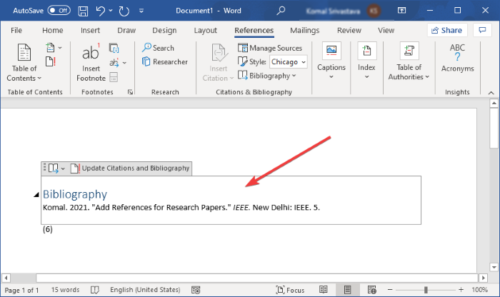 Source: thewindowsclub.com
Source: thewindowsclub.com
When i asked her what poem she intended to read, she said john milton�s fame is the spur. Ref tags are placed before dashes, not after. A recent poll suggests that eu membership “would be backed by 55 percent of danish voters” in a referendum (levring, 2018). Citations can appear within or at the end of a sentence, depending on the placement of a quotation or an author�s name (american psychological association [apa], 2020, p. We can usually find the citation, meaning the source of the quoted information, within parentheses afterward.
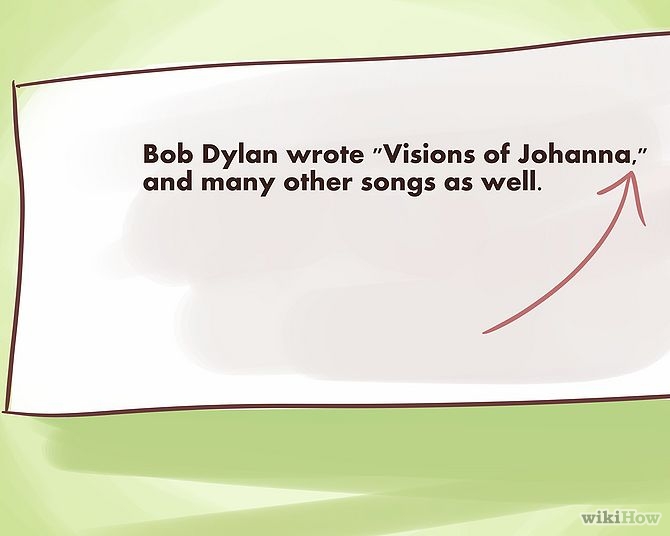 Source: quotesgram.com
Source: quotesgram.com
For two or more pages. Make sure the source information in parentheses matches with your works cited. A recent poll suggests that eu membership “would be backed by 55 percent of danish voters” in a referendum (levring, 2018). When i asked her what poem she intended to read, she said john milton�s fame is the spur. The first reference used in a written document is listed as 1 in the reference list, and a 1 is inserted into the document immediately next to the fact, concept, or quotation being cited.
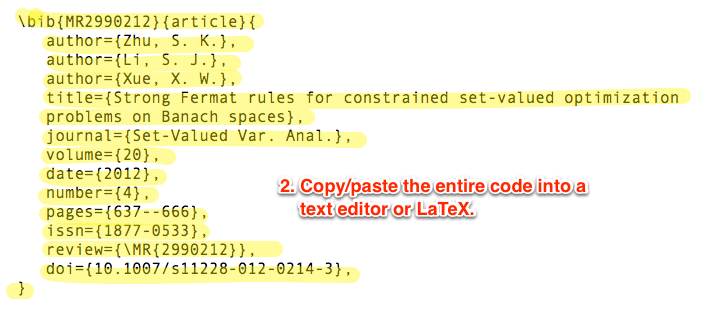 Source: rftp.com
Source: rftp.com
If your citation is at the end of a sentence, ensure the full stop is placed after the reference. One example is the vancouver style. Only indent the first line of the quotation by a half inch if you are citing multiple paragraphs. When i asked her what poem she intended to read, she said john milton�s fame is the spur. If they refer to the whole sentence, put them after the full stop.
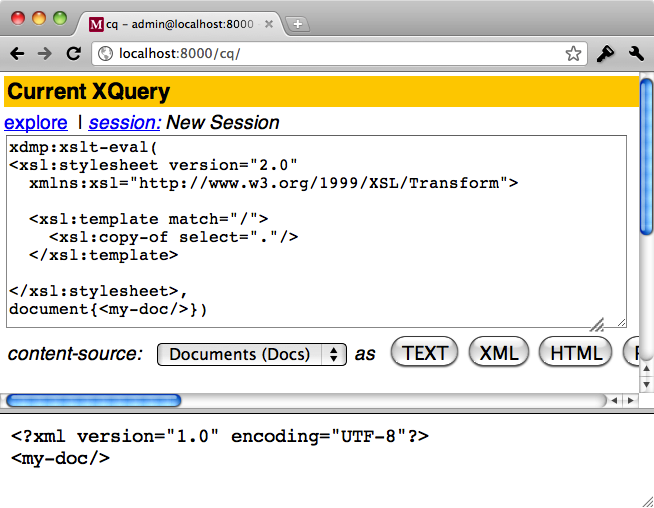 Source: quotesgram.com
Source: quotesgram.com
If the same reference is used multiple times in one document, use the same number to refer to it throughout the document. The convention goes back at least to the nineteenth century. The reason for this convention is to improve the appearance of the text. The first is most often seen. Your parenthetical citation should come after the closing punctuation mark.
 Source: libguides.uww.edu
Source: libguides.uww.edu
- says about the matter: The period after the citation ends the sentence. When a comma or period is needed after a quotation, publishers in the united states typically put the punctuation mark before the closing quotation mark. The citation is part of the sentence and the punctuation will come after the citation. If the words that appear inside the parentheses are not a complete sentence, then place the terminal punctuation after the parentheses.
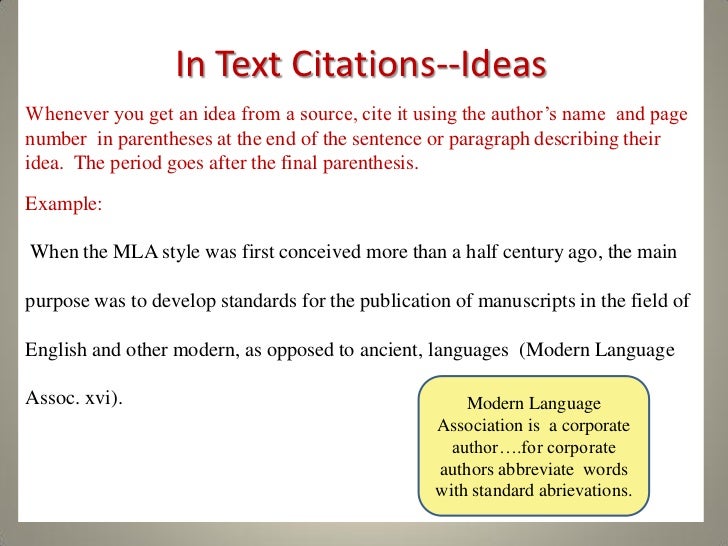 Source: snipe.fm
Source: snipe.fm
An exclamation point within the quotation is followed by quotation marks, then by a parenthetical citation. If your quote is forty words or more, set it off in a block text by beginning a new line, indenting one inch, and do not add quotation marks. When citing/refering to a word or expression or person in a sentence, it makes sense to refer to it immediately after. The punctuation for the sentence goes after the parenthesis. Citing a person would look like options 6 and 7.
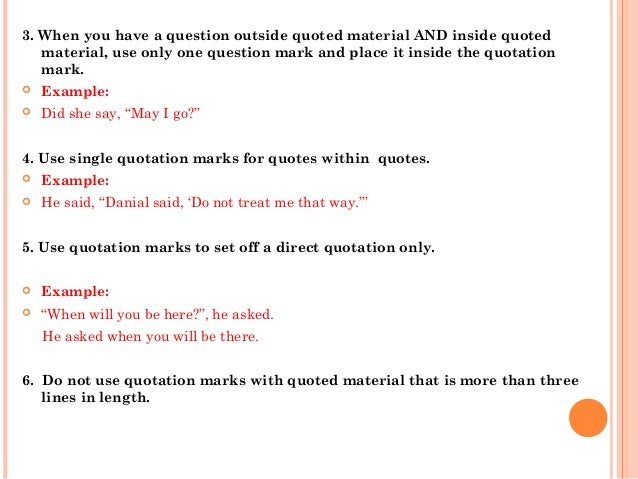 Source: slideshare.net
Source: slideshare.net
If they refer to the whole sentence, put them after the full stop. The period goes after the complete citation because the citation is considered part of the sentence (me 34). If an ellipsis is used to replace words that end a quoted sentence, then it is usual to use 4 dots: Seems to be pretty universally agreed. The citation is part of the sentence and the punctuation will come after the citation.
 Source: slideshare.net
Source: slideshare.net
No comma should be placed before the opening parenthesis, which also means either before or after the closing quotation mark in this case. The punctuation for the sentence goes after the parenthesis. The period after the citation ends the sentence. A citation is an acknowledgement in your text of references that support your work. For two or more pages.
This site is an open community for users to submit their favorite wallpapers on the internet, all images or pictures in this website are for personal wallpaper use only, it is stricly prohibited to use this wallpaper for commercial purposes, if you are the author and find this image is shared without your permission, please kindly raise a DMCA report to Us.
If you find this site convienient, please support us by sharing this posts to your own social media accounts like Facebook, Instagram and so on or you can also save this blog page with the title citation before or after dot by using Ctrl + D for devices a laptop with a Windows operating system or Command + D for laptops with an Apple operating system. If you use a smartphone, you can also use the drawer menu of the browser you are using. Whether it’s a Windows, Mac, iOS or Android operating system, you will still be able to bookmark this website.
Category
Related By Category
- Citaten van friedrich von schiller information
- Citaten over inzicht information
- Citation carpe diem information
- Citation film pretty woman information
- Citation destin amour information
- Citaten veiligheid information
- Citation de gaulle staline information
- Citation cleanup information
- Citaten roosevelt information
- Citation freddie mercury amour information